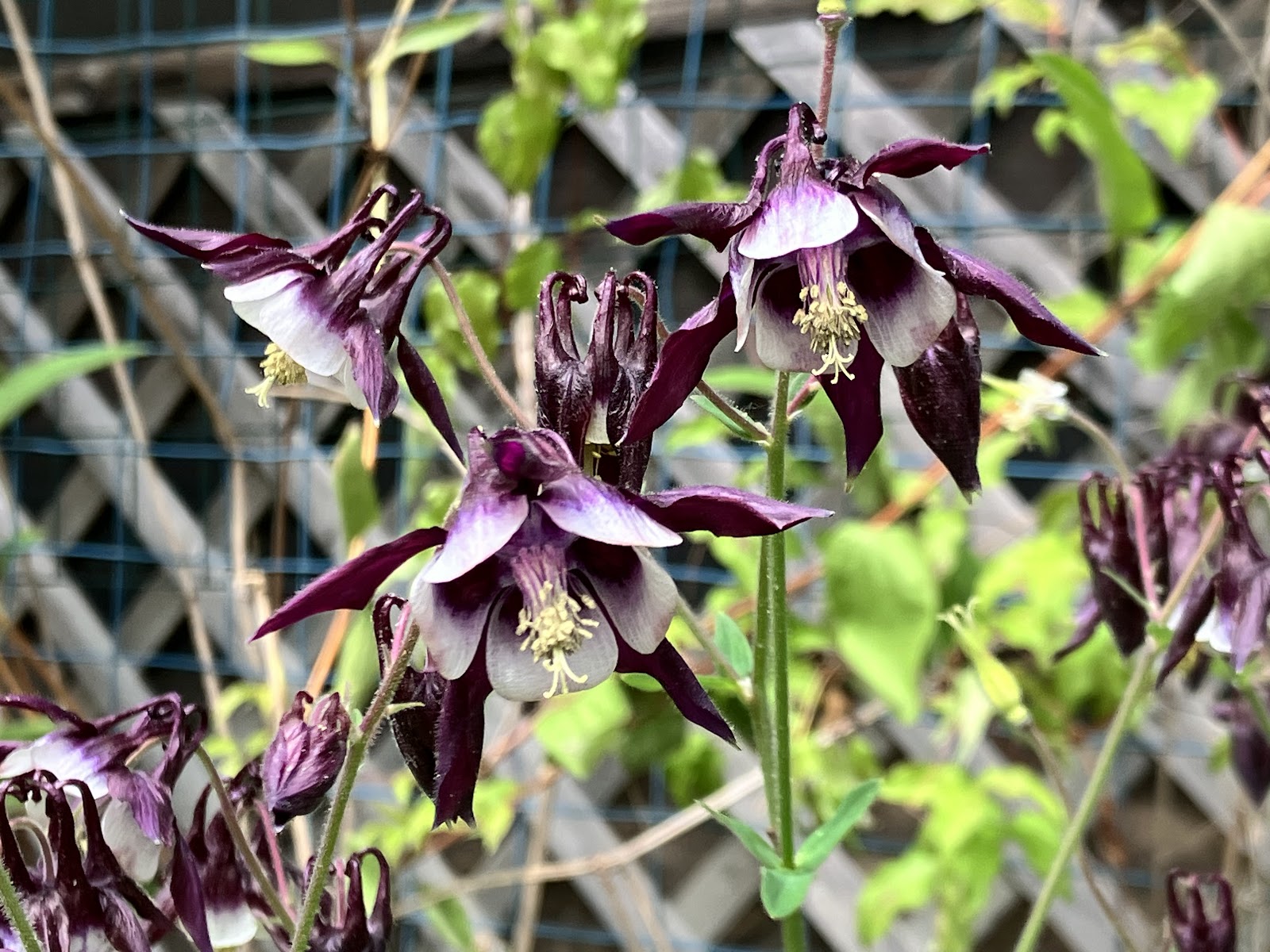The Aikido Dorobo
As many who have met him will say, my teacher, Takeguchi Sensei has a distinctive style of Aikido.
Sensei is good at flicking people all over the place, yet the interface between him and his ukes is so deceptively gentle and light that people often come away feeling like they just experienced magic. "What happened? How did I get thrown so far away but I did not feel a thing?" As people are wondering what Sensei did, they get up with a big smile and an eagerness to try it again.
Takeguchi Sensei has strong basic body movements very similar to that of the late Chiba Sensei. Instead of using physical strength to move his partners, he focuses on moving himself. "Remember: Action and reaction." I remember Sensei taught us, "When you apply an action on your partner, you will trigger a reaction from them. If you don't want them to resist you, you better not direct any force at them." His touch may feel gentle, but his techniques are subtle and very strong. Weight shift and connection are the essence of the Takeguchi style Aikido.
The late Henry Kono Sensei had only four years of Aikido instruction in his entire life. It was when he trained at Hombu Dojo under O Sensei. Takeguchi Sensei's story was not as extreme, but it was pretty close: Sensei started studying Aikido when he was 15 years old. Tutelage under a teacher ended with his graduation from university in Hawaii. How do these people manage to have such amazing Aikido after being taught for such a short time?
Recently, I finally got a chance to ask Sensei some of the questions I have always wanted to ask him. "You trained with many instructors at various dojos. But what you do does not reflect exactly what these instructors do. Where does it come from? Did you come up with it? Is it some kind of innovation?"
Sensei did practice at various dojos at places where his studies and jobs took him. By the time he went to Wisconsin for graduate school, he was already a Sandan. He was ready to explore his own Aikido. Because Sensei was young and that "he could take it", he took a lot of ukemi for demos. By taking ukemi, he got to experience the techniques from the other side, and examine everything closely. It was akin to stealing someone's key by making an imprint.
Another thing Sensei did to understand the mechanics of Aikido techniques was that, as uke, he tried to figure out how he could counter his nages' techniques. It was like picking someone's lock. From there, Sensei gathered what he learnt and refined the techniques to develop his own flavor.



Comments
Post a Comment